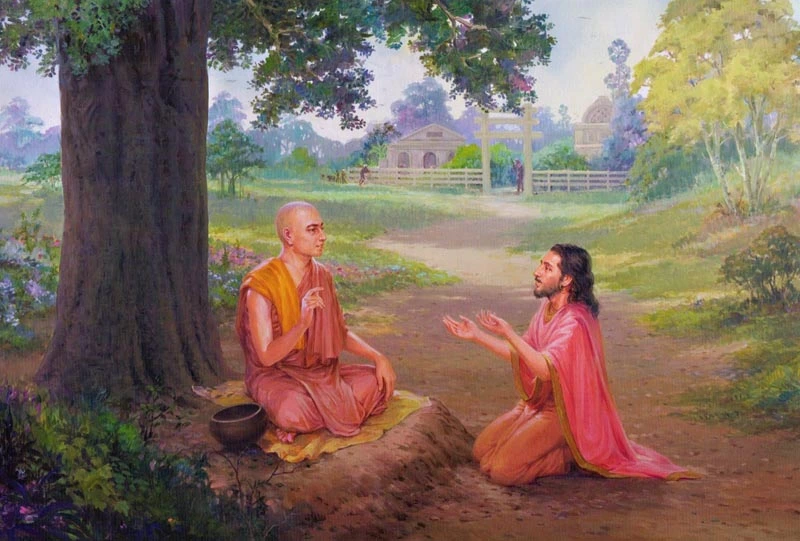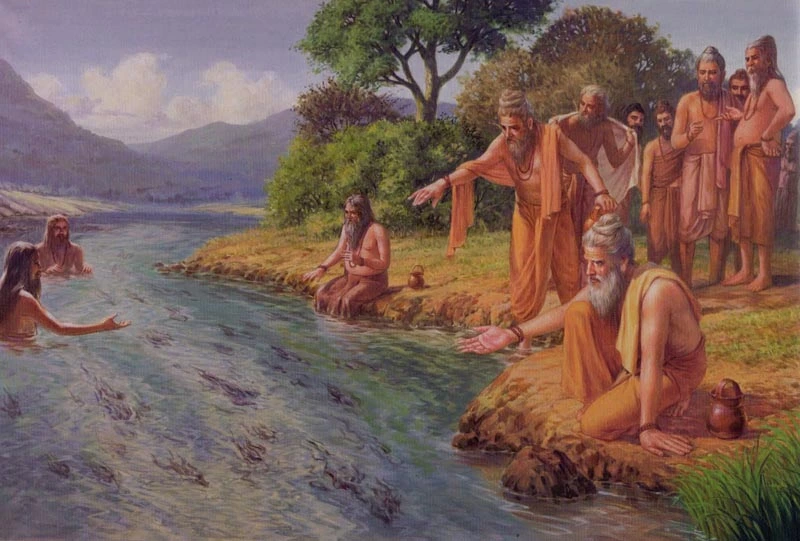The Parinibbana, or final passing away, of Gautama Buddha is a moment of profound significance in the Theravada tradition of Buddhism. It marks the end of the Buddha’s earthly journey and his attainment of complete liberation from the cycle of birth and death (Samsara). This essay delves into the events leading up to the Buddha’s Parinibbana, the circumstances surrounding it, and its impact on the Theravada tradition.
Preparation for Parinibbana
In the year 543 BCE, the Buddha, having lived for eighty years, began to experience the declining health of his physical body. Understanding that the time for his Parinibbana was approaching, he made the decision to journey to the city of Kusinara (modern-day Kushinagar, India). Accompanied by a group of devoted disciples, including Ananda and other senior monks, he embarked on his final journey.
Along the way, the Buddha delivered a series of discourses to his followers, imparting his profound wisdom and teachings for the last time. These final teachings emphasized the importance of mindfulness, ethical conduct, and the impermanence of all conditioned phenomena. He also reminded his disciples of the Four Noble Truths and the Noble Eightfold Path as the path to liberation.
Arrival in Kusinara
Upon reaching Kusinara, the Buddha rested at the Sal Grove in the vicinity of the Malla royal city. It was in this serene setting that the Tathagata (the Buddha) decided that his Parinibbana would take place in three months’ time. During this period, he continued to engage in teaching and guiding his disciples, despite the evident deterioration of his physical condition.
Last Days and Final Teachings
In his last days, the Buddha delivered one of his most profound discourses, the Mahaparinibbana Sutta. This discourse covers a wide range of teachings and events, providing guidance for both the monastic Sangha and lay disciples on how to continue their spiritual journey after his passing.
In the Mahaparinibbana Sutta, the Buddha expressed the importance of the Dhamma (teachings) and the Vinaya (monastic rules and discipline) as his successors. He encouraged his followers to rely on the teachings and the practice of the Noble Eightfold Path to continue on the path towards enlightenment.
The Buddha’s Final Moments
On the night of the full moon day of Vesak, in the year 543 BCE, the Buddha entered into a state of deep meditation known as the “Attainment of the Cessation of Perception and Feeling” (Nirodha Samapatti). After emerging from this profound meditative state, he addressed his disciple Ananda, declaring that he would attain Parinibbana before dawn.
Surrounded by a gathering of devoted monks, nuns, and lay disciples, the Buddha lay down on his right side, facing west, in a peaceful and composed manner. He entered the state of Parinibbana without any trace of attachment, aversion, or confusion, attaining the final cessation of all suffering and mental defilements.
Impact on the Theravada Tradition
The Buddha’s Parinibbana left a profound impact on the Theravada tradition. His final words, “All conditioned things are subject to decay. Strive on with diligence,” serve as a poignant reminder of the impermanence of all phenomena. They encourage practitioners to continue their spiritual journey with diligence and steadfastness in the face of life’s challenges and uncertainties.
The event of the Buddha’s Parinibbana holds immense significance in the lives of Theravada Buddhists. It exemplifies the supreme goal of Buddhist practice—to achieve liberation from the cycle of Samsara and attain the state of Nibbana (Enlightenment). The Buddha’s final act of Parinibbana also highlights the importance of cultivating mindfulness and wisdom as essential components of the spiritual path.
Conclusion
The Buddha’s Parinibbana is a moment of profound significance in the Theravada tradition, marking the culmination of the Buddha’s earthly journey and his attainment of complete liberation. His final teachings and last words serve as a timeless source of inspiration and guidance for practitioners, encouraging them to walk the path of mindfulness, wisdom, and compassion. The Buddha’s Parinibbana continues to be commemorated with reverence and devotion in Theravada communities worldwide, serving as a reminder of the ultimate goal of the spiritual journey—to achieve liberation from suffering and attain the state of Nibbana.




